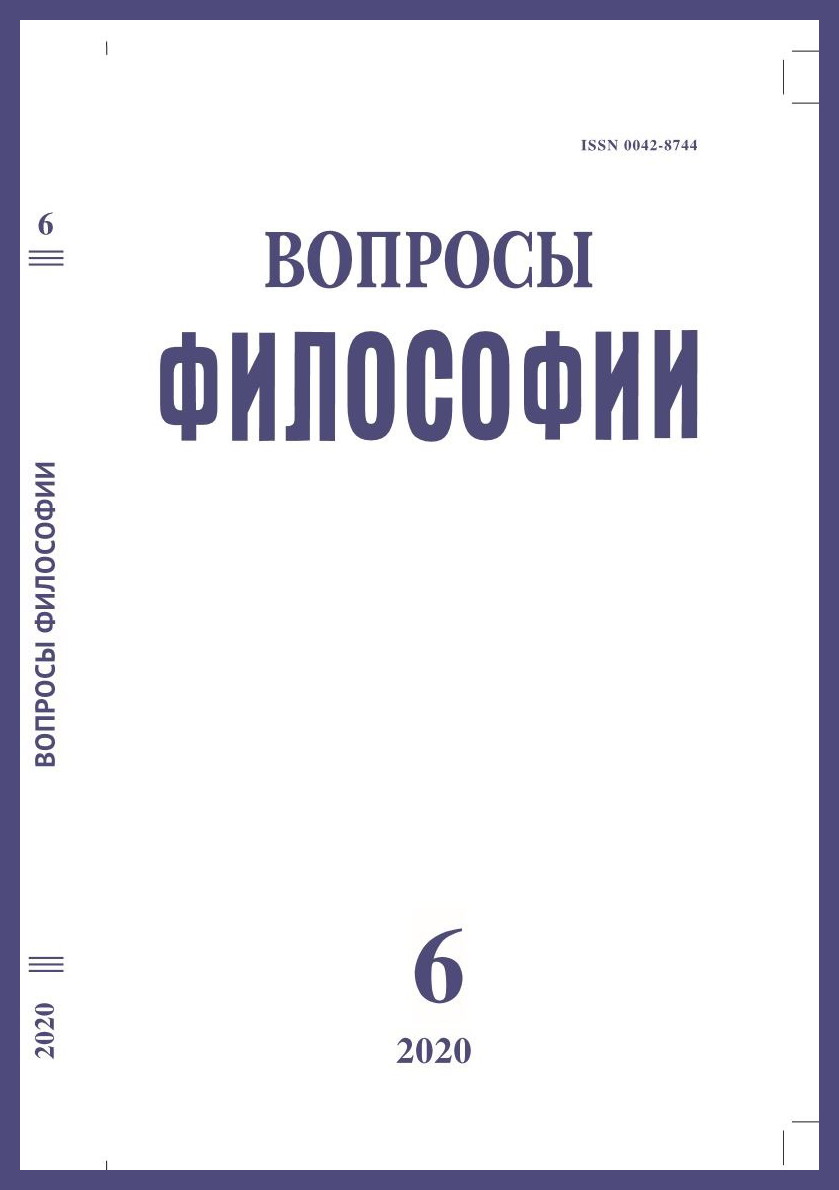Colours in Ludwig Wittgenstein’s Logical Space
DOI:
https://doi.org/10.21146/0042-8744-2020-6-146-156Keywords:
L. Wittgenstein, logical space, visual space, invariance, colour octahedron, language game, reddish greenAbstract
This paper attempts to provide an interpretation of Ludwig Wittgenstein’s logical study of colour concepts at different stages of the evolution of his approach to logic, language, and colour perception. It endeavors to reveal the influence of this study on the demarcation of the boundaries of logic and logical space. Firstly, I try to clarify Wittgenstein’s idea of logical space in «Tractatus Logico-Philosophicus» focusing on the concept of internal relations and the colour exclusion problem. Secondly, I address the “middle” Wittgenstein’s phenomenology of colours and his attempts to explain the necessity of propositions like “There cannot be a reddish-green” by reference to the geometry of colour, particularly to the colour octahedron. Thirdly, I argue for the advantages of language-game approach to the logic of colour concepts as an attempt of modelling a balance between logic and the empirical. This paper addresses, finally, Wittgenstein’s idea that mixed colours (e.g., bluish green, reddish green, etc.) possess logical structures. The paper offers an analysis of Wittgensteinian perspective on the interpretation of reports about reddish-green and other “Martian” colours experimental perception

